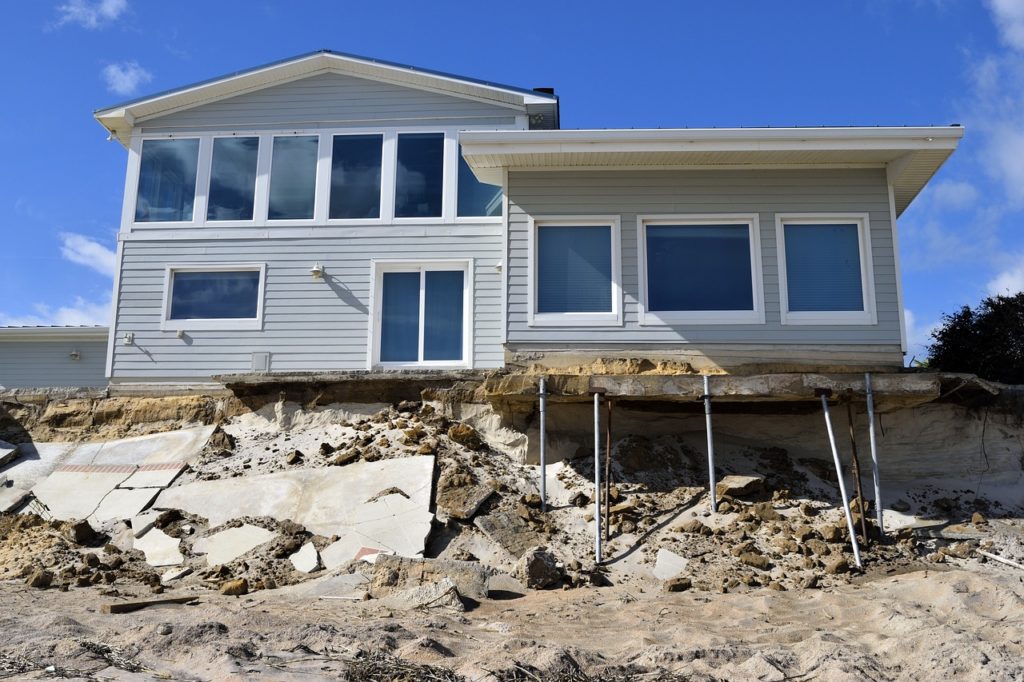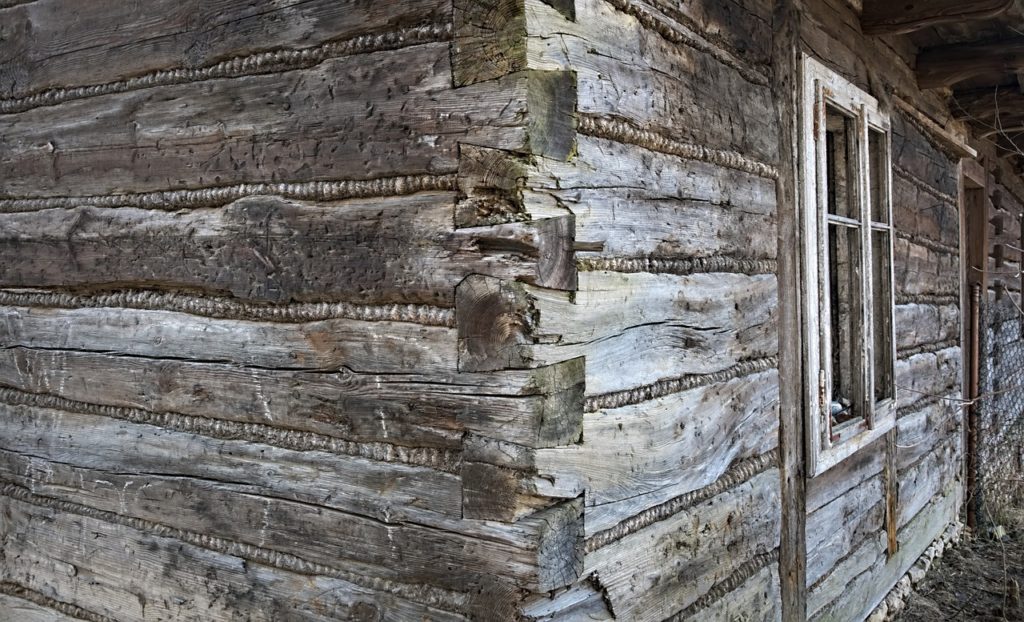
Beware the Money Pit
There are a lot of issues that can develop with old homes, but one of the biggest problems by far is the cost. You might think you have picked up an older home for an absolute steal and it’s true, they often sell on the market for ridiculously low prices. But this is usually because of a) they are a second home that’s been inherited by someone and b) they’re in a state of severe disrepair.
There can be multiple serious issues with older homes. For instance, you might find there is asbestos in the walls if the house was built in the late eighties. It’s possible that the house still has lead to paint as well and even a teaspoon of lead can be deadly to young children. On top of this, you can have bug infestations, issues with flooding, mould and goodness knows what else. If the house does have these issues then that ‘steal’ is quickly going to transform into a money pit. You’ll struggle to stay afloat with all the repairs.
You can avoid this issue when you’re buying the home by running a thorough and full inspection of the property. Property surveys are expensive, but they are worth it to make sure you know exactly what you’re buying. If you get the results back and you’re not sure what they mean, discuss it with your surveyor. They should be able to explain whether there are any serious issues that you need to take into consideration.
But actually, repairs are just one of the expensive problems that you’ll need to take care of if you buy an older home. Let’s look at a few of the others and think about the possible solutions.
Old Outdated Tech And Electronics
You might find that one of the biggest issues with an old home is energy costs. It’s possible that the wiring, electric and appliances in an old home are so outdated that they mean the house costs a fortune just to power. This is why one of the first things buyers often do is to tear out the wiring, scrap it and replace it. As well as this, they add new tech that leads to energy savings in an older property like a smart meter. With a smart meter, you’ll be able to find out what’s causing the biggest energy bills and remove or replace them.
This isn’t the only energy issue in older homes. You’ll also probably deal with poor levels of insulation. Due to this, heating settings will need to be high to keep the house warm, even through the summer months. If you have this issue, you have two options. Either you can replace the window, pouring thousands of dollars into the property. Or, you can add thicker curtains. It does depend on whether you’re planning to put the home back on the market.
Homeowners that want to save energy in an older home without spending a lot of cash tend to make small yet substantial changes. For instance, you can replace the bulbs in each room with LEDs. Using less energy, shining brighter and lasting thousands of hours LEDs really are a great replacement for any home. But they are particularly useful in an old house where the costs are already high.
Issues With Insurance
You might face a few issues insuring an older home. For instance, older homes might be alternate builds. Alternate builds are homes that are made out of materials that are not typically used for construction. For instance, houses built in the early 1900s may have used steel frames, and there are also wooden lodge homes too.
The problem with houses like this is that the insurance costs often skyrocket. The reason is that repairs on old houses with these builds are often more complicated and require expensive fixes. For instance, you can find that steel frames literally bend. While you should think twice about buying a home that’s an alternate build, it really does depend on how long you’re planning to live there. If you’re looking for a place to settle alternate structures are still worth considering. Just make sure you to get quotes for insurance costs.
If you do have issues with insurance there are ways to cut the cost down. For instance, you can get a regular roof inspection on an old property. The wind mitigation inspection cost is worth it because by getting it checked you’ll drive your insurance premium down for issues like storm damage. It’s not the only inspection you can arrange either. You can get various elements of the home’s safety features checked out regularly and in doing so keep insurance levels low, no matter what the property is built out of.
Showing Their Age
Although the main cost of older homes is just down to the fact that they’ve been around for a number of years. They tend to start to show their age, and it’s important to realise that not all the issues are expensive or crucial to repair. Contrary to popular belief cracks in the wall may be to do with how well they have been painted rather than the structure of the property. Any serious issues should show up on a survey. Although there are issues to watch out for.
Doors sticking and floors buckling, being pushed up in places demonstrate serious issues with the home structure and even the foundations. This can lead to thousands in repair costs that you might not be prepared for when you buy the property.
Other problems, on the other hand, are less serious but can seem troubling. For instance, you might find that an older property has termites and this is to be expected. It doesn’t mean that they have destroyed the property structure or that they have made it unstable. Many houses can have issues with termites without it ever seriously damaging the property itself.
So, there are costly issues to consider with older homes. However, tackled head on they can be deal with and they don’t have to become a constant headache or remain a money pit.








